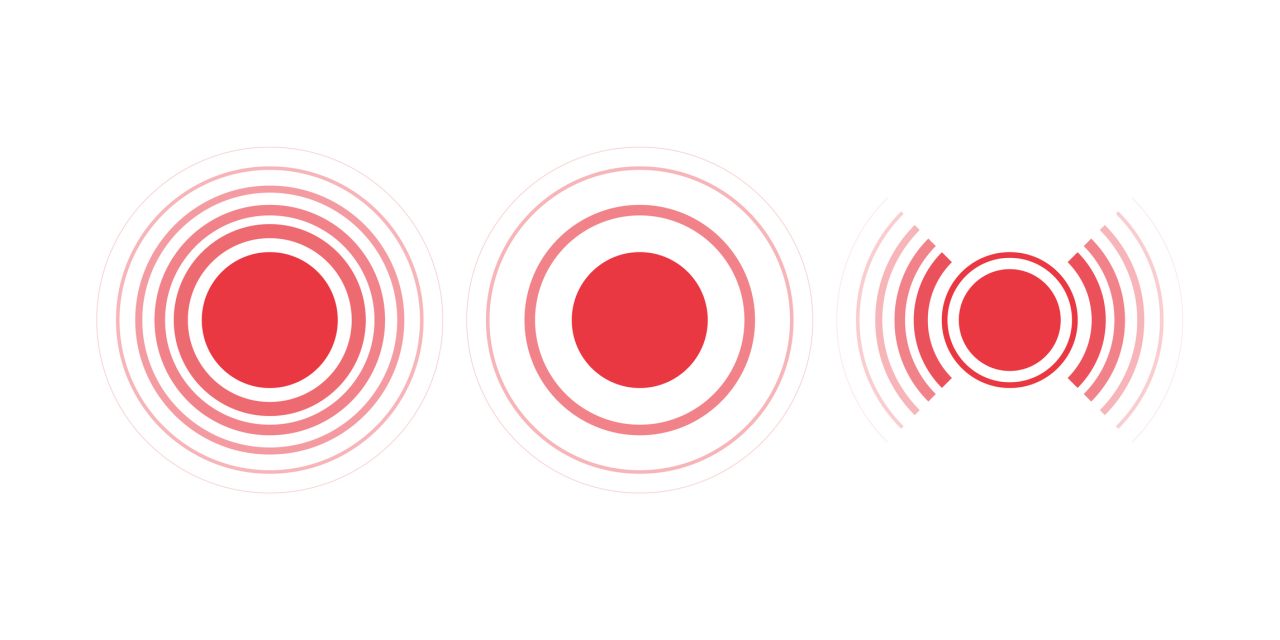Analysis of healthcare Real-World Data (RWD) provides an opportunity to observe actual patient diagnostic, treatment and outcomes events. However, researchers should understand the possible limitations of RWD. In particular, these data may be incomplete, which would affect the validity of study conclusions.
The completeness of medication RWD was investigated by analyzing the incidence of various diagnosis-medication couplets: the occurrence of a certain medication in the RWD for a patient having a certain diagnosis. Diagnosis and medication data were obtained from 61 U.S. medical data provider organizations, members of the TriNetX global research network. The number of patients having 22 diagnoses and expected medications were obtained at each institution, and the percent completion of each diagnosis-medication couplet calculated. The study hypothesis is that the degree of couplet completeness can serve as a proxy for overall completeness of medication data for a given organization.
Five diagnosis-medication couplets were found to be reliable proxies, having at least a peak 87% observed completeness for the organizations studied: Type 1 diabetes mellitus and insulin; asthma and albuterol; congestive heart failure and diuretics; cardiovascular disease and aspirin; hypothyroidism and levothyroxine.
These couplets were validated as reliable indicators by determining their status as standards of care. The degree to which patients with these five diagnoses had the specified associated medication was consistent within an organization data set.
The overall degree of medication data completeness for an organization can be assessed by measuring the completeness of certain indicator diagnosis-medication couplets.
Copyright © 2021. Published by Elsevier Inc.
Assessing Real-World Medication Data Completeness.


